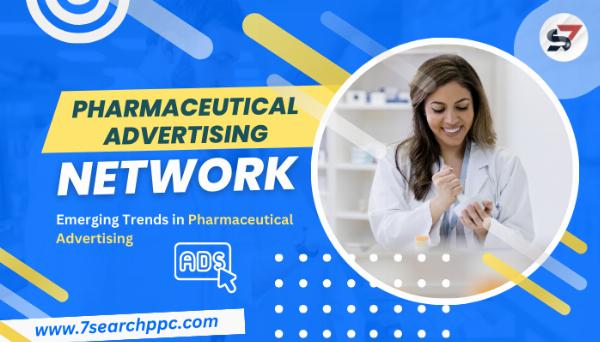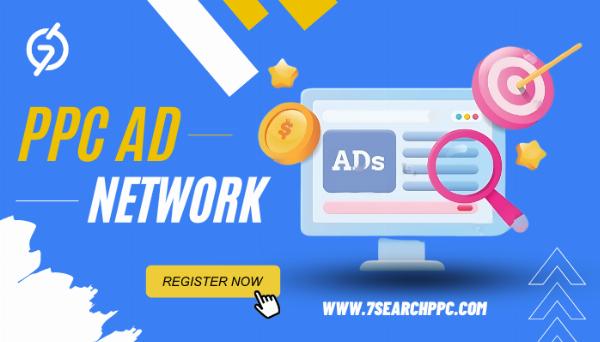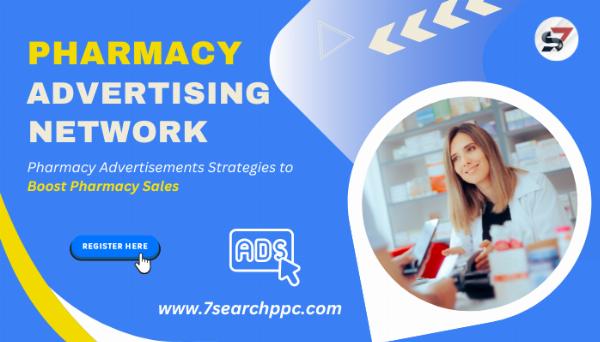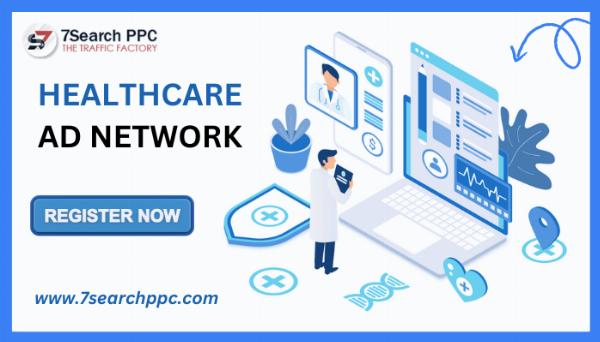Pharmaceutical Ads: What It Is & Trends To Look Out For Future

Strong 8k brings an ultra-HD IPTV experience to your living room and your pocket.
In today's world, pharmaceutical advertisements are a common sight. They serve not only to market medications but also to educate and inform the general public about available treatments. This article will delve into what pharmaceutical ads are, their importance, the different types, regulatory aspects, and future trends to watch out for.
What Are Pharmaceutical Ads?
Pharmaceutical ads are promotional messages from drug manufacturers aimed at healthcare professionals or consumers. These ads highlight the benefits, uses, and sometimes the risks of specific medications. They can be found across various media platforms, including television, print, online, and social media.
The Purpose of Pharmaceutical Ads
Pharmaceutical advertising have several purposes:
- Educate the Public: They inform potential patients about new medications or treatments for various conditions.
- Encourage Discussions: They encourage patients to talk to their healthcare providers about specific drugs.
- Promote Brand Awareness: They help pharmaceutical companies build brand recognition and loyalty.
Types of Pharmaceutical Ads
There are mainly three types of pharmacy ads:
Product Claim Ads
These ads name the drug and discuss its benefits to get pharmacy traffic. They are the most common type and often include detailed information about the medication's approved uses, potential side effects, and clinical studies.
Reminder Ads
These ads mention the name of the drug but do not discuss its uses or benefits. The goal is to keep the drug's name in the audience's mind.
Help-Seeking Ads
These ads describe a disease or condition but do not mention a specific drug. They encourage patients to consult their healthcare providers for more information.
Regulatory Guidelines for Pharmaceutical Ads
Pharmaceutical advertisements are heavily regulated to ensure they are truthful, not misleading, and provide a fair balance of information. In the United States, the Food and Drug Administration (FDA) oversees these regulations. Key guidelines include:
- Truthfulness and Accuracy: Ads must be accurate and not misleading.
- Risk Disclosure: Ads must include information about the risks and side effects of the medication.
- Fair Balance: Ads should provide a balanced view of the drug's benefits and risks.
The Role of Digital Media in Pharmaceutical Ads
Digital media has revolutionized pharmaceutical advertising. Online platforms offer targeted advertising, reaching specific demographics based on user data. This precision allows pharmaceutical companies to deliver relevant ads to potential patients more effectively.
Personalization in Pharmaceutical Ads
Personalization is a growing trend in pharmaceutical advertising. By leveraging data analytics and artificial intelligence, companies can create personalized ads that resonate with individual patients' needs and conditions. This approach increases engagement and improves the effectiveness of the ads.
The Rise of Social Media Influencers in Pharma Ads
Social media influencers are becoming increasingly important in pharmaceutical advertising. These influencers, who have large followings on platforms like Instagram and YouTube, promote pharmaceutical business medications and health products in a relatable and trustworthy manner. Their endorsements can significantly impact public perception and drive engagement.
Video Content as a Dominant Medium
Video content is dominating the digital advertising space, and pharmacy ads are no exception. Videos can convey complex medical information in an engaging and easily understandable format. They are ideal for demonstrating how a medication works, sharing patient testimonials, or explaining treatment procedures.
Mobile-First Approach
With the increasing use of smartphones, adopting a mobile-first approach is essential for pharmacy advertising . Ensuring that ads are optimized for mobile devices can enhance user experience and increase the likelihood of engagement. This includes making sure videos are mobile-friendly and ensuring that websites load quickly on mobile devices.
Use of Data Analytics in Pharmaceutical Advertising
Data analytics plays a crucial role in shaping pharmaceutical advertising strategies. By analyzing data from various sources, companies can gain insights into patient behaviors, preferences, and treatment outcomes. This information helps in creating targeted and effective pharmaceutical advertising campaigns that address specific patient needs.
Challenges in Pharmaceutical Advertising
Despite its benefits, pharmaceutical advertising faces several challenges:
- Regulatory Compliance: Ensuring ads comply with strict regulations can be challenging.
- Public Skepticism: There is often skepticism about the credibility of creative pharmaceutical advertisements, especially when it comes to side effects and efficacy.
- Ethical Concerns: Balancing commercial interests with patient welfare and ethical considerations is crucial.
Future Trends to Watch
Artificial Intelligence (AI) and Machine Learning
AI and machine learning will continue to enhance the personalization and targeting of Online pharmaceutical ads. These technologies can analyze vast amounts of data to predict patient behaviors and preferences, leading to more effective advertising strategies.
Augmented Reality (AR) and Virtual Reality (VR)
AR and VR technologies have the potential to revolutionize pharmaceutical advertising. They can create immersive experiences that help patients understand how medications work and what to expect from treatments.
Voice Search Optimization
With the rise of voice-activated devices, optimizing online pharmacy ads for voice search will become increasingly important. This involves using natural language and conversational keywords to ensure ads are easily discoverable through voice search.
Increased Focus on Wellness and Preventative Care
As the focus shifts towards wellness and preventative care, pharmaceutical ads will likely emphasize holistic health approaches. This includes promoting lifestyle changes, dietary supplements, and preventative medications.
Blockchain for Transparency and Security
Blockchain technology can enhance transparency and security in pharmaceutical advertising. It can ensure the integrity of ad data, prevent fraud, and build trust with consumers by providing verifiable information about medication sources and efficacy.
Conclusion
PPC for pharmacy ads are a vital part of the healthcare landscape, helping to inform and educate the public about available treatments. As technology advances, these ads are becoming more personalized, engaging, and effective. By staying ahead of the trends and leveraging new technologies, pharmaceutical companies can create impactful advertising campaigns that resonate with consumers and drive better health outcomes.
Frequently Asked Questions
What are the main types of pharmaceutical ads?
Ans: The main types of pharmaceutical ads are product claim ads, reminder ads, and help-seeking ads.
How are pharma ads regulated?
Ans: Pharma ads are regulated by agencies like the FDA, which ensure ads are truthful, not misleading, and provide a fair balance of information about the benefits and risks of medications.
Why is personalization important in pharmaceutical advertising?
Ans: Personalization makes ads more relevant to individual patients' needs and conditions, increasing engagement and effectiveness.
Note: IndiBlogHub features both user-submitted and editorial content. We do not verify third-party contributions. Read our Disclaimer and Privacy Policyfor details.






